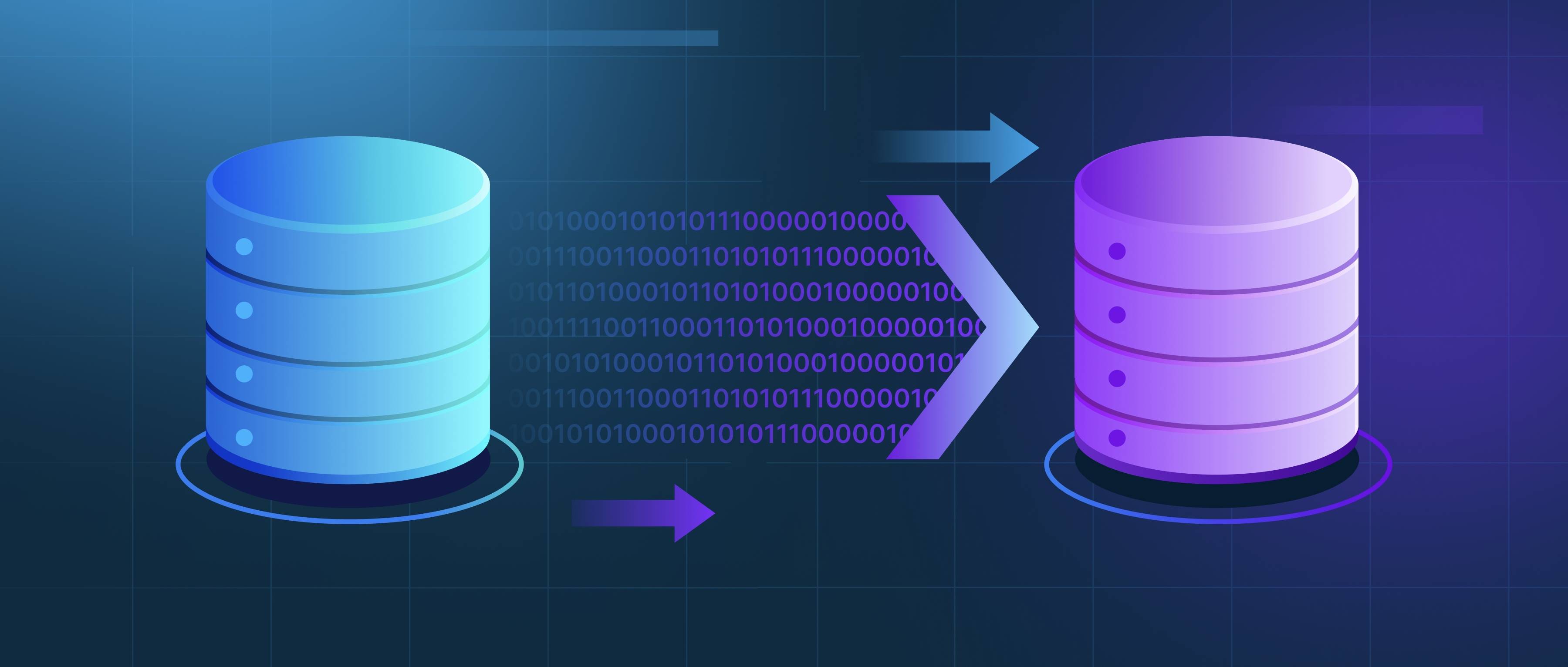LLMs can understand context to a remarkable degree, but their understanding differs from human comprehension. They use patterns in the training data to predict and generate contextually relevant text. For instance, given a conversation, an LLM can maintain the topic and respond appropriately by analyzing relationships between the words and phrases provided as input.
However, LLMs lack true understanding or awareness. They rely on statistical correlations rather than reasoning or experiential knowledge. For example, while they can generate plausible answers to questions, they might struggle with tasks requiring deep reasoning or understanding of abstract concepts. Their context awareness is also limited by the size of the input window, meaning they can only consider a fixed amount of text at a time.
Despite these limitations, LLMs are highly effective for many practical applications, such as summarizing documents, answering questions, and generating conversational responses. Developers often work around their limitations by designing workflows that provide additional context or integrate domain-specific knowledge.
